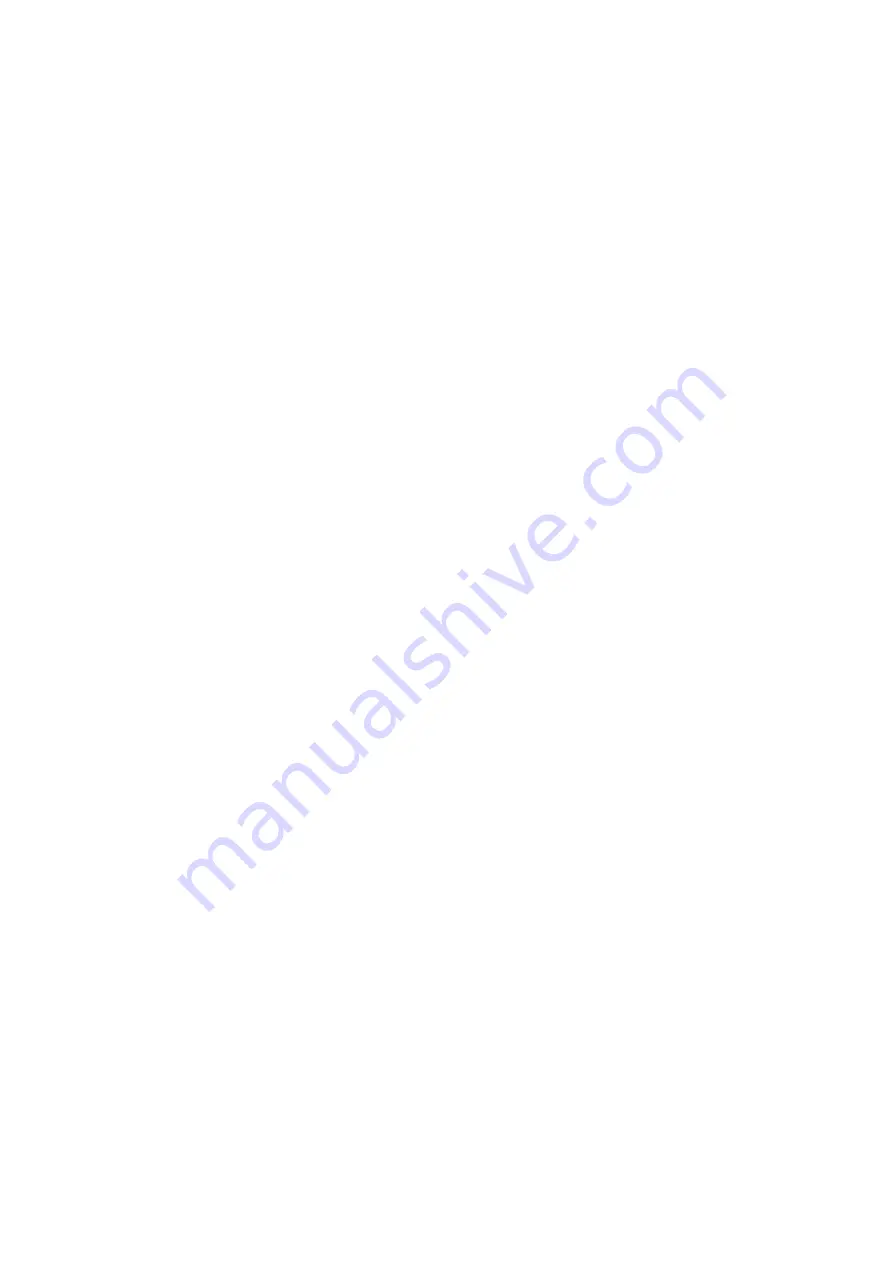
66
- loosen bolts 2 at the gearbox being in neutral, by moving the lining 1 set lever angle at
90
0
±1
0
. If the lining moves insufficiently, loosen the nut 23 and change end length 24;
-Put the gear lever in the cab in the transverse plane vertically by regulating the rod 21
length. Difference of exposed thread of rod ends should not exceed 2 mm.
Regulate the telescopic elements locking device when the cab is lifted as follows:
-Unpin the stud 13 and disconnect the telescopic rod 8 from the fork 15;
- push in the internal flexible rod end (extension) until completely blocked;
- loosen the nut 11 when the mechanism is blocked and unscrew the end 12 of the inter-
nal flexible rod against stop;
- unblock the mechanism by moving the bushing 17 right, overcoming the spring 9
force, and extending the internal flexible rod for 20-30 mm, push in against yoke 10 in the end 18
grooves. Herein the bushing 17 must move against stop in the lower yoke peak. If the bushing
moves insufficiently, screw the internal flexible rod end 12 until it moves completely;
- fasten the end nut 11 avoiding its propping-off.
When connecting the rod 8 to the fork 15 fork hole for the stud 13 must be over the rod 8
transverse plane.
By lifting and lowering the cab check workability of the locking mechanism. In un-
locked position (bushing 17 is moved right) the rod extension should smoothly move, should jam,
and the locking device should ensure secure fixation of the gear rod extension in confined space.
Extension and external rod bend and dent are not allowed.
After lowering the cab rod is blocked by setting the gear lever into neutral.
4.2.4 Transfer Box
The transfer box is shown in figure 51- mechanical, two-speed, with asymmetric in-
teraxle differential, installed on the truck frame on four rubber pads.
The differential is planetary with four satellites, with sun 45 and crown 44 gears. Torque
is transferred from the sun gear 45 to the front axle drive shaft 59, and from the crown gear 44 to
the rear axle drive shaft.
When differential is actuated (unlocked) even drafting of all axles is provided, and
transmission additional loads are eliminated. Depending on the road conditions differential can be
switched off (locked), and front and rear axle drive shafts are moving as a unit.
Front and rear axle drive shafts have obturator rings 36. External surface of the obturator
rings have spiral grooves directing oil from seals to the crankcase when the shafts are moving.
Spirals of the grooves have various directions: left-hand-directed for the front axle drive shaft, and
right-hand-directed for the rear axle drive shaft. The obturator rings have «П» (forward) and «З»
(backward) marks depending on their dedication.
When assembling the transfer box check that the obturator rings are installed correctly,
otherwise oil leakage through the seals is inevitable.
Summary of Contents for 4320M
Page 1: ...URAL 4320М TRUCK and its Modifications ...
Page 106: ......
Page 110: ......
Page 159: ...156 Figure 123 Engine Electronic Control Unit Wiring Scheme ...
Page 165: ......
Page 167: ......
Page 173: ......
Page 177: ...Figure 140 Installation of left and right side safety devices 171 ...
Page 201: ......
Page 203: ......
Page 205: ......
Page 207: ......
Page 209: ......
Page 212: ......
Page 214: ......
Page 216: ......
Page 218: ......
Page 220: ......
Page 222: ......
Page 224: ......
Page 226: ......
Page 228: ......
Page 230: ......
Page 232: ......
Page 234: ......
Page 236: ......
Page 238: ......
Page 240: ......
Page 242: ......
Page 244: ......
Page 246: ......
Page 248: ......
Page 250: ......
Page 252: ......
Page 254: ......
Page 256: ......
Page 257: ...223 ...
Page 259: ......
Page 315: ...280 ...
Page 317: ......









































